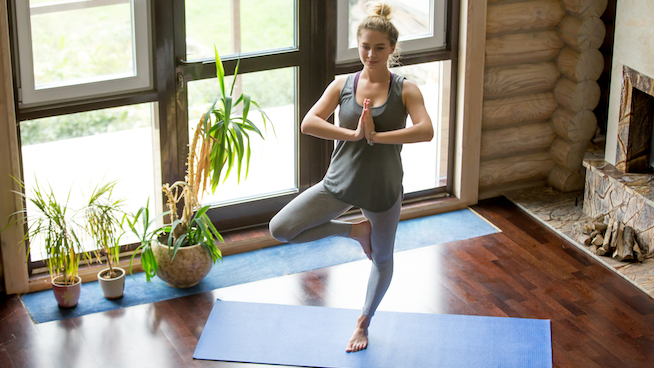Whether you are a beginner or are practicing yoga for some time, you might have come across the term Ashtanga yoga. It is also called 8 limbs of yoga and has four basic components through which every yoga aspirant goes. If you have basic knowledge about it, well and good. If not, read the following to increase the sphere of your knowledge.
4 Fundamental Components Of Ashtanga Yoga
Vinyasa
Also called vinyasa yoga, it means a form of yoga where your movement is linked with your breathing. Moreover, you practice various vinyasa yoga poses that help you have a perfectly healthy and fit body.
While practicing vinyasa, you shift from one yoga pose to the other following a seamless flow. Thus, a sequence of yoga poses is followed to challenge your mind and body. There is no similarity between the two vinyasa yoga classes. It solely depends on the yoga instructor which yoga poses he or she chooses in a sequence.
Vinyasa works on your physical dimension. Further, your VO2 max increases along with blood circulation throughout the body.
Bandha
It refers to internal muscular locks that are in your conscious control. When you perform any yoga pose, energy is released. If you do not lock it in with the help of bandhas, it gets wasted.
Thus, the practice of bandha ensures that the energy used is utilized completely by you. Moreover, it helps in the removal of any impurities from your body. It further helps you by intensifying the power of prana in your body, providing you better control over your body.
Drishti
It links with where the yoga practitioner is looking at while practicing yoga. Mostly, the gaze is fixed on the big toe or a thumb.
Practicing Drishti helps in building concentration. When you bring your focus to a single entity, your attention span improves. Therefore, you can perform a task for a longer time without getting distracted.
When you attain deep concentration, you can differ between inward and outward consciousness. In turn, you learn to become conscious of your thoughts, so that, you can let go of the negative ones.
Ujjayi Breath
In layman’s language, it is called ‘victorious breath’. To perform ujjayi breathing, fill your lungs by inhaling through the lungs. With regular practice of ujjayi breathing, the lungs’ oxygen-carrying capacity increases.
It helps you link your yoga posture movements with your breath. Thus, it feels like your body is moving under the influence of your breath.
Conclusion
When you combine vinyasa, bandha, and Drishti under a single sphere, they are called ‘tristhana’. To clarify it further, it can also be referred to as ‘three places of attention’.
Regular practice of various components of ashtanga yoga helps in the unification of mind, body, and spirit. The aim is to find a perfect pace or flow. It keeps you away from any type of injury, and you can practice for a longer period.
Having a flow in your yoga practice reflects in other dimensions of your life. You become patient, caring, loving, and a cheerful personality with everything going seamlessly in your life.

